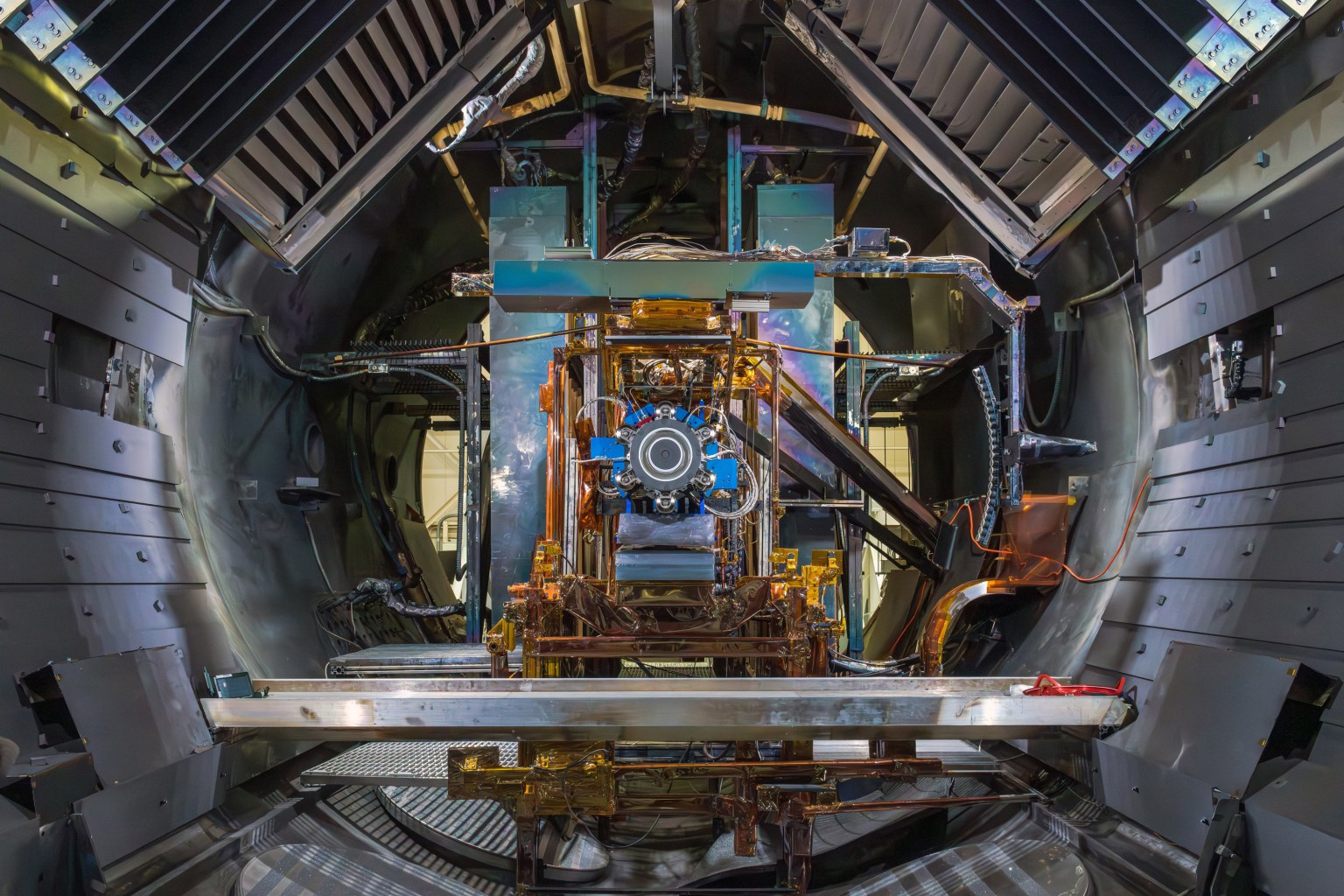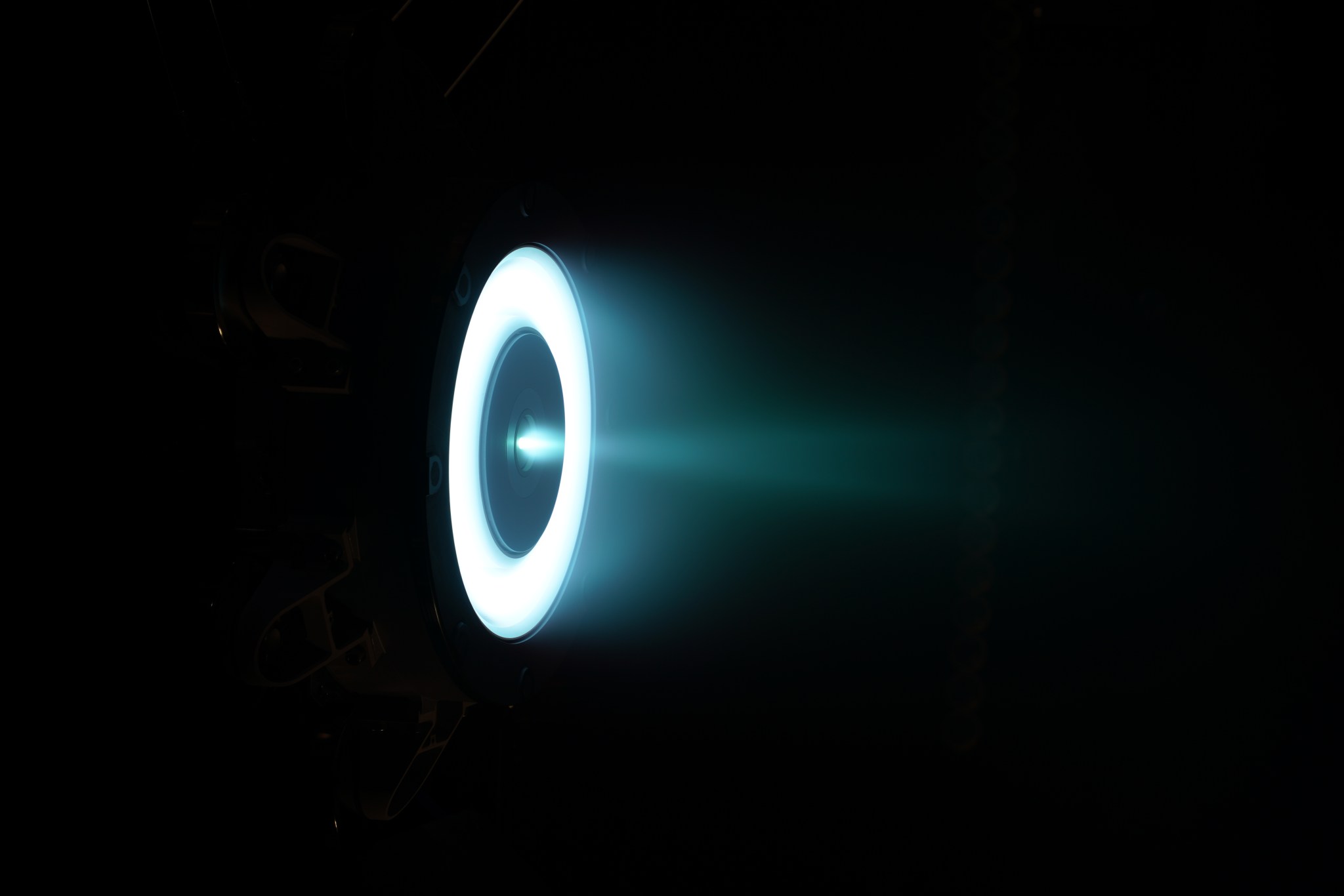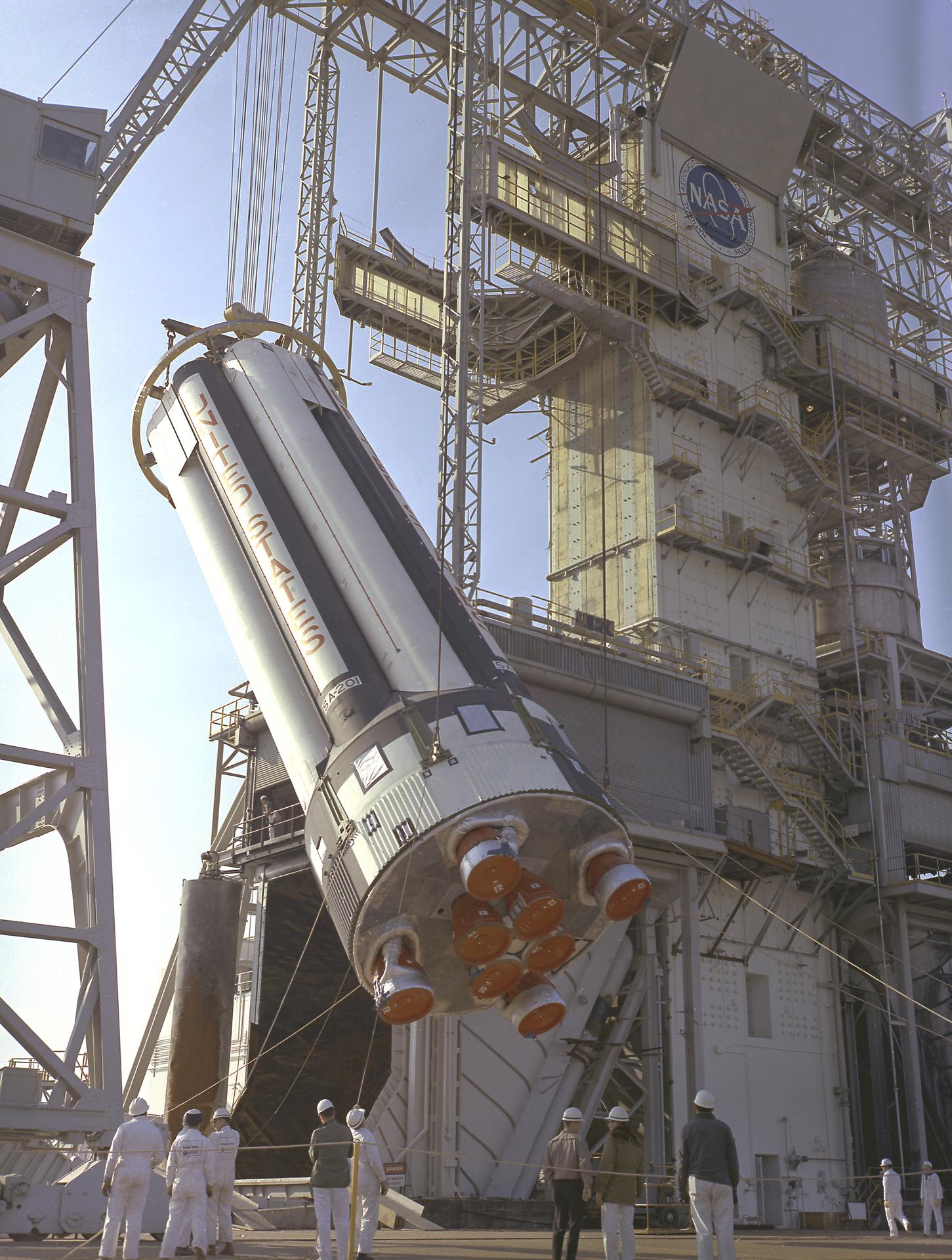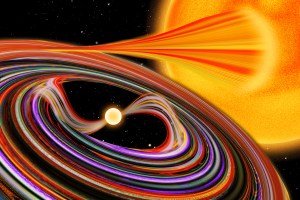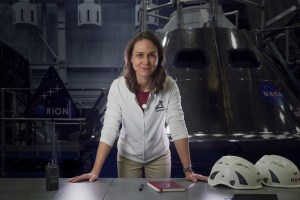Engineers from NASA and Aerojet Rocketdyne are beginning qualification testing on the cutting-edge solar electric propulsion (SEP) thrusters that will change the in-space propulsion game. The culmination of this work will see these innovative thrusters fly on Gateway beginning in 2025, making it the most powerful SEP spacecraft ever flown. Gateway is a lunar space station that will serve as an important part of NASA’s Artemis program, which will land the first woman and first person of color on the Moon.
Led by NASA’s Technology Demonstration Missions program, the Advanced Electric Propulsion System (AEPS), built by Aerojet Rocketdyne, provides 12 kilowatts of propulsive power – over two times more powerful than current state-of-the-art in-space electric propulsion systems. These innovative systems tout extremely high fuel economy at lower thrust, providing mission flexibility and capabilities not achievable using traditional chemical propulsion systems. Three AEPS thrusters will be used on the Power and Propulsion Element (PPE) to maneuver Gateway during its planned minimum 15-year mission.
“AEPS is truly a next-generation technology,” said Clayton Kachele, the AEPS project manager at NASA’s Glenn Research Center in Cleveland. “Current electric propulsion systems use around four and a half kilowatts of power, whereas here we’re significantly increasing power in a single thruster. That capability opens a world of opportunity for future space exploration, and AEPS will get us there farther and faster.”
The AEPS must undergo qualification testing before being certified to fly on Gateway. The combined NASA-Aerojet team will use two qualification units – models nearly identical to the thrusters that will fly on PPE – during these tests.
In early July, engineers from NASA Glenn, the agency’s Jet Propulsion Laboratory, and Aerojet Rocketdyne began a yearlong series of tests at multiple locations to ensure the AEPS operates properly and meets requirements. The engineers will first perform acceptance testing on one of these model thrusters to make sure it was built correctly, then subject it to extreme vibration, shock, and thermal conditions, similar to what it will experience during launch and flight operations. The team will also hot fire the unit before and after these tests, operating it at varying power levels to simulate flight conditions and collect performance data.
“This testing campaign is a big deal,” said Rohit Shastry, the lead AEPS engineer. “It’s kind of the final leg before we test the thrusters that will actually fly on Gateway.”
A second qualification unit will arrive at NASA in 2024 to undergo a wear test that mimics the anticipated conditions the AEPS will experience during Gateway’s initial orbit raising and transition to lunar orbit. NASA expects the thrusters to operate for 23,000 hours total during a nearly four-year test campaign inside NASA Glenn’s massive vacuum chambers.
To ensure Gateway is ready for launch and its transit to the Moon, the PPE’s actual flight thrusters are being built now and will launch to space before the entire multi-year wear test is complete.
“With NASA missions, launch dates are critical,” Kachele said. “In this case, NASA is trying to expedite the process, and we’re doing it intelligently. We will complete a few thousand hours of wear testing to prove successful operations before PPE launches. We’ll then complete the final 15,000 hours or so to fully qualify AEPS for future customers, including those at NASA and other government agencies and commercial partners.”
High-power electric propulsion is critical for future crewed transportation systems that will be key in helping NASA explore more of deep space beyond the Moon, the engineers say.
“I think it’ll be exciting to see what kind of missions this technology ends up enabling,” Shastry said. “We are pushing the boundaries of what’s been done and taking giant leaps forward with capability and opportunities.”
NASA’s high-power solar electric propulsion development work is managed by NASA Glenn under the direction of the agency’s Space Technology Mission Directorate.
Read additional SETMO Articles
Ellen Bausback
NASA’s Glenn Research Center




























